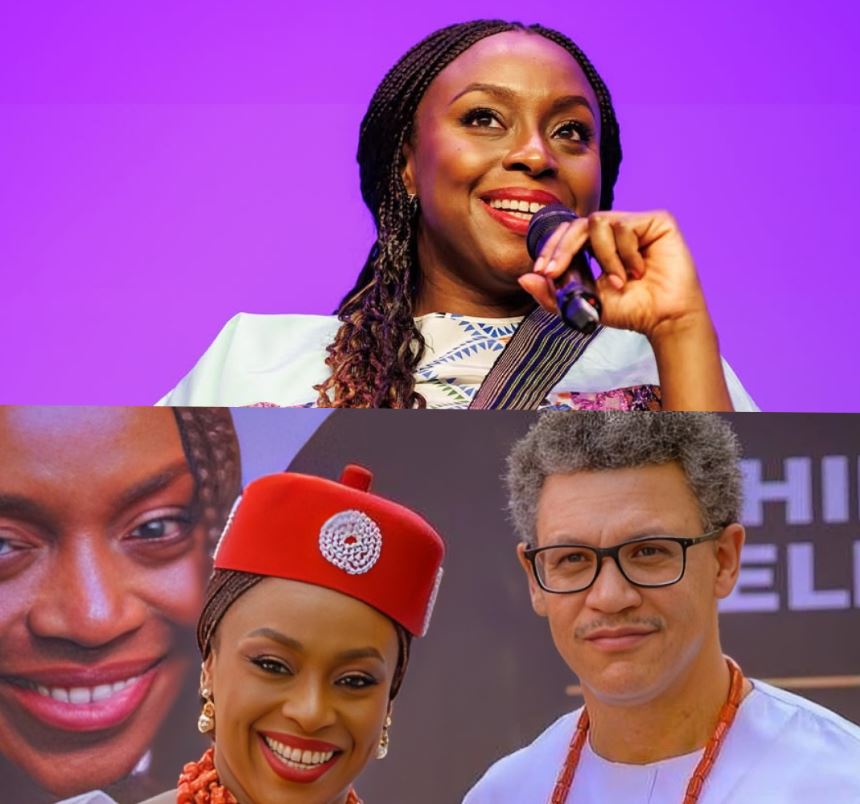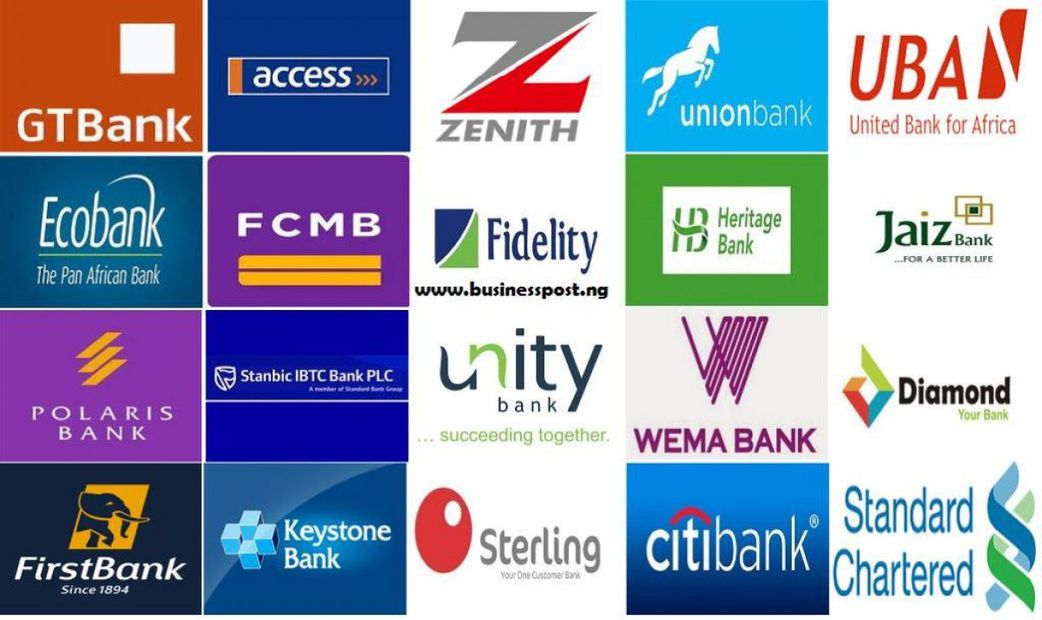If you’re one of TikTok’s hundreds of millions of users, with conflicting reports of bans and sales, prompted by President Trump’s threats to act against the Chinese platform, the question is what happens to you now?
Millions use the app daily, and for many it is their source of income.
So, for all those TikTok users watching these confusing events unfold, here are the five most likely options as to what happens next:
1: No change:
Despite the rhetoric and all the talk of sales and bans, it is conceivable—albeit increasingly unlikely—that TikTok will be able to cut some form of deal with the U.S. government. This is likely to include concessions around oversight and transparency, a watching brief from the FCC against some form of get-well plan as we have seen with other social media companies in the past.
It is also possible that there will be more formal safeguards around U.S. data than just assurances from the company. Independent data stewardship, perhaps, paid for by TikTok but operated by a trusted and independent third-party.
For users, this option will have little if any impact on the day-to-day running of the platform—perhaps a new privacy policy and clearer guidelines around data management and security, but nothing more material from a user perspective.
2. U.S. entity list:
If the U.S. does decide to “ban” TikTok, this will not be straightforward. Despite China having banned U.S. social media platforms, including Facebook, Twitter and Google’s various offerings, the U.S. will not want to do the same, risking accusations of censorship and limitations on media freedoms.
But the U.S. does have the option to add TikTok to the same type of Commerce Department entity list as used so effectively against Huawei, as well as a host of other Chinese technology and surveillance players. This would restrict U.S. companies selling technology or providing services to TikTok—hardware, cloud processing and storage, even the app’s availability on Apple and Google app stores.
This would not be a ban as such, but it would have a similar impact. For users, this would make installing and updating the app difficult, and the operation of the back-end platform, in the U.S. at least, challenging. This would frustrate TikTok’s growth and open the market for others—Reels, for example, to pick up the slack.
If TikTok loses high-profile U.S. celebrity users and influencers, the theory runs that it will have a knock-on impact on overseas markets. One would expect the U.S. to lobby other governments, starting with the likes of the U.K. and Australia, to apply similar restrictions. India, TikTok’s largest market, has already proven itself more hawkish than Washington, based on its own tensions with China.
3. CFIUS:
There is a second option open to the U.S. to in effect “ban” TikTok. This centers on ByteDance’s acquisition of Musical.ly in 2017, including the company’s incorporated U.S. entity. That acquisition of Musical.ly—another Chinese app—was the trigger for the formation of the TikTok we see today.
The Treasury Department’s Committee on Foreign Investment in the United States, which includes representatives from across government departments, safeguards investments by foreign entities of U.S. assets, where there might be security risks to the U.S. Last month, Treasury Secretary Steven Mnuchin confirmed that TikTok is under investigation by CFIUS, and a negative finding could force ByteDance to divest its U.S. entity. Such a move would most likely trigger the kind of U.S. entity sale that has been reported in the press, with ByteDance divesting its American assets to a third-party.
For users, assuming any CFIUS action prompted a sale rather than a closure, U.S. users would likely see a period of change as the American platform is separated from the rest of the world under some form of licensing arrangement. Clearly, the functionality of the app would need to cross between the U.S. and the rest of the world, but it would be independently owned and managed, data safeguards would be in place, and there would be no way for Beijing to exert influence.
The complexity here would be in the design and deployment of those firewalls—a process that would likely be given some time to be put in place, with the potential for some restrictions until done so.
4. Sale of TikTok globally
Prior to this weekend, there had been speculation that ByteDance might sell TikTok in its entirety, perhaps to a group of its large U.S. investors, in essence separating it from its parent company. Clearly, there is complexity given the engineering and operations in Beijing—but the company has already been looking at options for an international HQ, likely in Europe, and has a U.S. CEO in place.
Likely impediments to this option include the price-tag. ByteDance is the world’s most valuable start-up and would want upwards of $50 billion for any sale. There is also the question as to whether the Chinese company would retain a financial interest in the platform, not wanting to forfeit the likely upside given its growth.
For users, this would be the most attractive option, creating a new U.S.-owned social media giant able to compete—unimpeded with Facebook, Snapchat and others. It would only make TikTok more successful and able to operate freely. As things stand, though, this seems the unlikeliest option.
There is a difference between TikTok being sold to investors versus a trade acquirer—the platform would be an interesting add-on for Facebook, for example, but it’s price is heavy and for some would prompt regulatory questions over market dominance. That’s why Microsoft would be seen as a cleaner deal—albeit it’s now looking at the U.S. entity rather than the whole. No acquirer will want to break the magic recipe though, which is good news for users. A trade deal by a listed U.S. company would also let ByteDance retain stock in the acquirer.
5. Sale of TikTok U.S.
Prior to Trump’s threats late-Friday, this option looked favourite. There were reports that a deal for the sale of TikTok’s American operations could be secured and announced as early on Monday. But any such plans are now on hold, awaiting clarification from the White House as to what structure would secure its support.
To be clear, this deal would be of TikTok’s U.S. entity, not the broader group, and so would create a licensed version of the app—with some form of data interfaces to maintain functionality.
It seemed that Microsoft would take some form of stewardship role over U.S. data and security, with another third-party running the U.S. platform itself. No detail on how that entity would interact with the rest of TikTok, how engineering would be transferred from China, and how ongoing sharing would take place.
Though not as disruptive as a ban, the hive-off of TikTok’s U.S. operations, for a figure likely to be north of $5 billion, would see an impact on users in the short-term. It is also entirely possible that the U.S. entity might expand along different lines to the broader platform, all under whatever licensing terms would be in place, of course. As such, we could find some differences between TikTok in the U.S. and its operations elsewhere.
So, What next?
Everything now hinges on Trump and his administration and what they decide to do next and how quickly they decide to do it. The strength of the rhetoric has made it difficult, but not impossible, for a climbdown. Clearly, though, no form of sale will be secured without the White House’s sanction. As such, the next move is in Trump’s hands and TikTok, its investors, and its users need to wait and see.





















